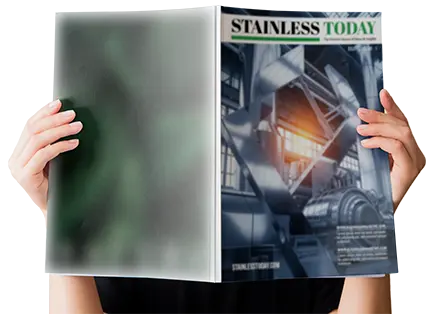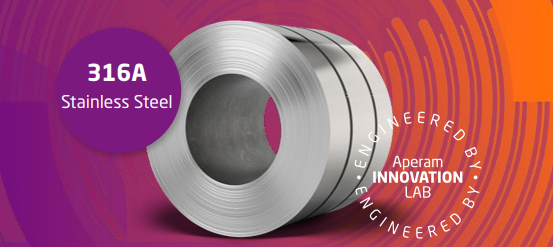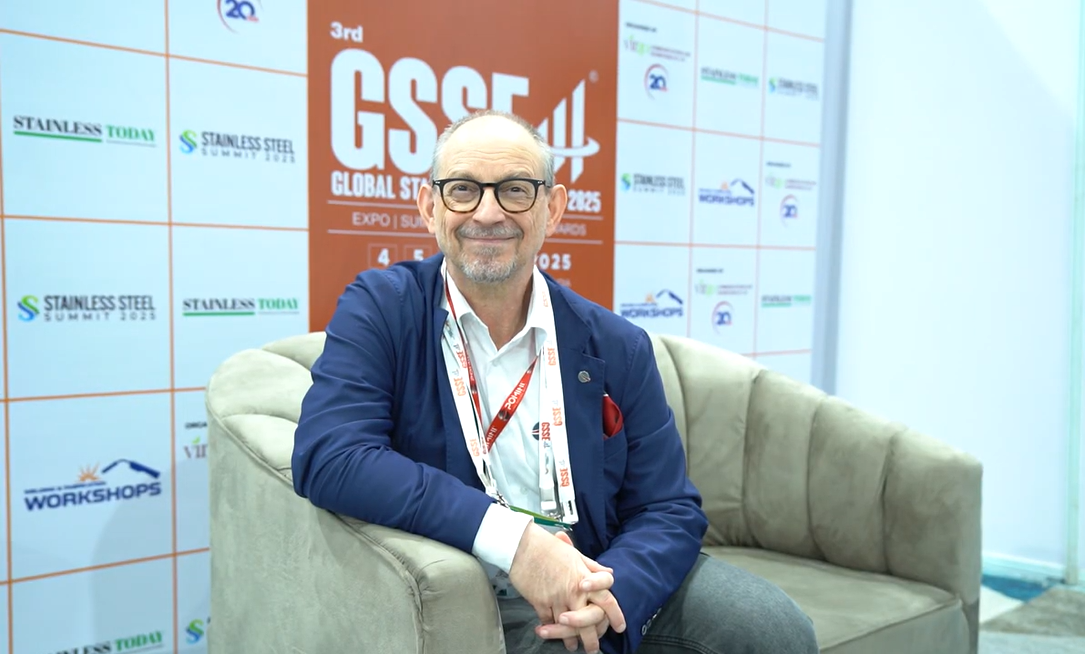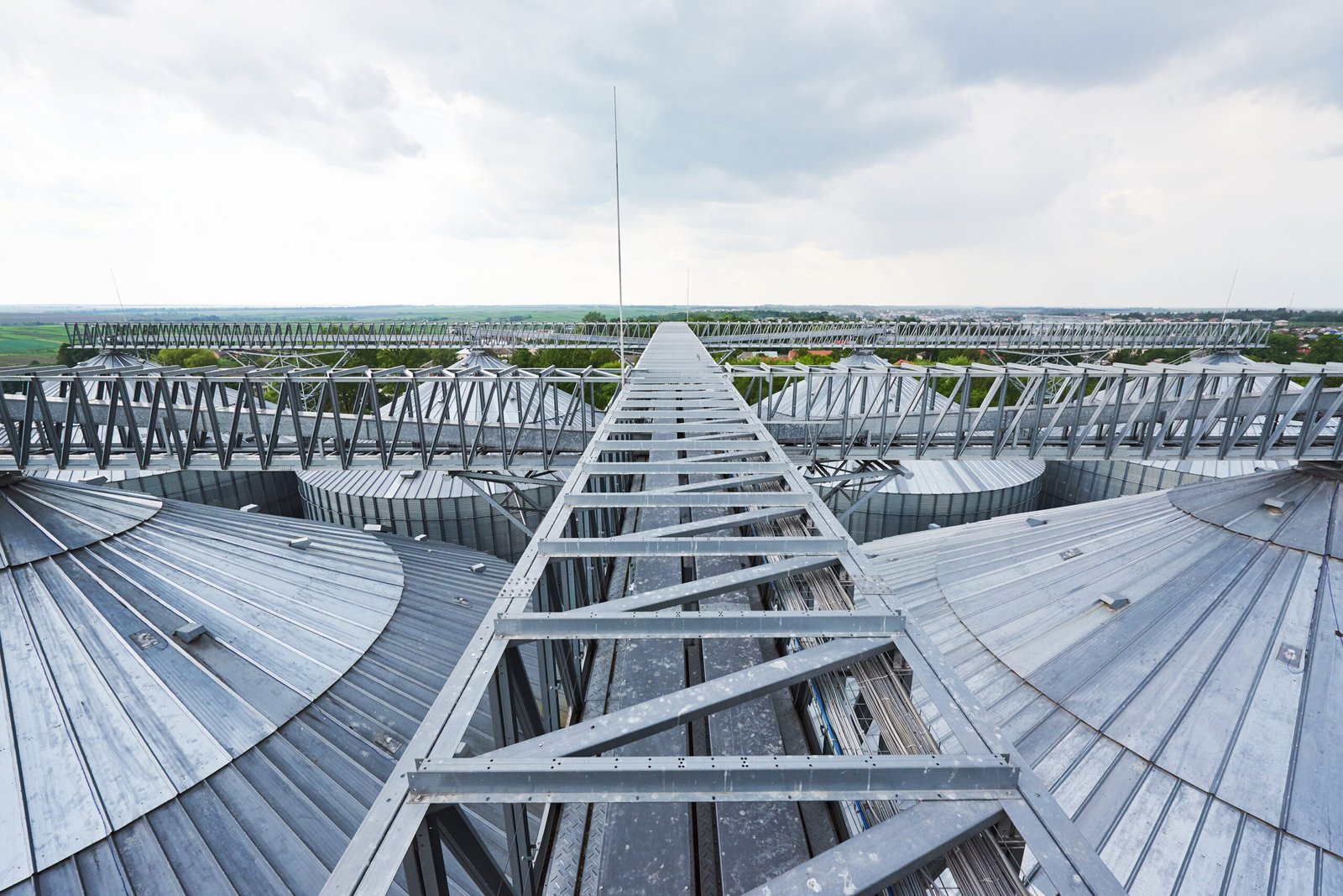Worldstainless releases Stainless Steel CO2 Emissions Report

According to a recent report by Worldstainless.org, the stainless steel industry is actively intensifying its efforts to lower CO2 emissions and enhance sustainability.
As per a recent report by Worldstainless.org, the stainless steel industry has been putting in concentrated efforts to reduce CO2 emissions. The industry uses two main production systems: the scrap-based system, which recycles end-of-life stainless steels, and the Nickel Pig Iron (NPI) system, which uses extracted nickel ores. The scrap-based system is more prevalent in regions with high availability of scrap materials, while the NPI system is used where scrap is scarce.
Stainless steel is highly recyclable, with at least 95 per cent being recycled at the end of its life. Over the past 20 years, global production has increased significantly, from 25 million tonnes to over 58 million tonnes annually. This growth is attributed to stainless steel’s properties, such as recyclability, durability, corrosion resistance and low maintenance needs.
The report quantifies CO2 emissions from three sources: Scope 1 (direct emissions from production), Scope 2 (indirect emissions from purchased energy), and Scope 3 (emissions from raw material extraction and transport). The current average Scope 1 emissions for scrap-based producers are 0.41 tonnes of CO2 per tonne of stainless steel, while Scope 2 emissions average 0.39 tonnes per tonne. Scope 3 emissions vary based on the amount of recycled content used.
The report cites, “Depending on the scrap mix, the following average CO2 emissions result from the production of stainless steels. It is to be noted that these totals include Scope 1, Scope 2 and Scope 3 emissions and are defined as ‘Cradle to Gate’ emissions.”
| Scrap mix | CO2 emissions per tonne of stainless steel |
| 85% scrap | 1.95 |
| 75% scrap | 2.45 |
| 50% scrap | 3.70 |
| 30% scrap | 6.80 |
Infographic courtesy: Worldstainless.org
The report also compares CO2 emissions over the lifetime of stainless steel, carbon steel and aluminium. Stainless steel and aluminium have lower maintenance-related emissions due to their corrosion resistance, while carbon steel requires regular maintenance, increasing its emissions over time.
Overall, the report emphasises the stainless steel industry’s commitment to reducing CO2 emissions and highlights the environmental benefits of using stainless steel, including its high recyclability and durability.










